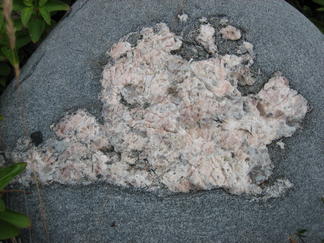Blogging has been a little light recently (apologies!), but here are a few pieces that have caught our eye this week.
First up, the Columbia Journalism Review has a two–parter on journalistic coverage of climate change inspired by comments from Jeff Huggins on the Andy Revkin’s Dot Earth blog. The key issues CJR addresses are familiar ones to readers here: how to communicate mainstream science in a way that doesn’t distort the reality of the consensus on many issues in favour of controversy on more cutting-edge topics. Definitely worth a read, and proof (if such were needed) that commenting on blogs can make a difference to coverage.
Next, the role of CO2 as a long-term climate forcing. The old CO2 lead/lag issue keeps making the rounds as a contrarian talking point (and made a brief resurgence here in comments this week) despite the fact that the existence of impact of climate on the carbon cycle in no way invalidates the impact of CO2 (as a greenhouse gas) on climate. However, there is a nice paper in Nature this week (Lunt et al, 2008) which looks at the various proposed triggers for the onset of the quaternary glaciations at the end of the Pliocene (~3 million years ago). These triggers involve, permanent El Nino events, the closing of the Isthmus of Panama, changes in orbital forcing, tectonic uplift of the Rocky mountains – and long-term decreases in CO2 as a function of very slow variations in sea floor spreading and chemical weathering. Lunt et al find that only the change in CO2 (400 ppm to 280 ppm) can explain the changes in the ice sheet. None of the other ideas come even close.
Thus, it looks very much like the climate changed radically due to this externally forced drift in CO2 (and tectonic is external for climate purposes on this timescale). As a corollary, this is an expansion of the idea we discussed a few months back, that the long term changes in the Earth system due to external forcings might be well be larger than the classical (Charney) sensitivity we often talk about.
Third. There has been a lot of discussion on energy futures in the comments – Nature had a good rundown of the scientific constraints on the different prospects. But this video is a quite entertaining discussion of why we just can’t get our heads around the issue from Dan Gilbert (h/t GH).
Finally, a commentary on the prospects for continued employment as an Arctic ice expert (h/t Climate Feedback).
 The
The We often
We often  These days, when global warming inactivists need to trot out somebody with some semblance of scientific credentials (from the dwindling supply who have made themselves available for such purposes), it seems that they increasingly turn to Roy Spencer, a Principal Research Scientist at the University of Alabama. Roy does have a handful of peer-reviewed publications, some of which have quite decent and interesting results in them. However, the thing you have to understand is that what he gets through peer-review is far less threatening to the mainstream picture of anthropogenic global warming than you’d think from the spin he puts on it in press releases, presentations and the blogosphere. His recent
These days, when global warming inactivists need to trot out somebody with some semblance of scientific credentials (from the dwindling supply who have made themselves available for such purposes), it seems that they increasingly turn to Roy Spencer, a Principal Research Scientist at the University of Alabama. Roy does have a handful of peer-reviewed publications, some of which have quite decent and interesting results in them. However, the thing you have to understand is that what he gets through peer-review is far less threatening to the mainstream picture of anthropogenic global warming than you’d think from the spin he puts on it in press releases, presentations and the blogosphere. His recent